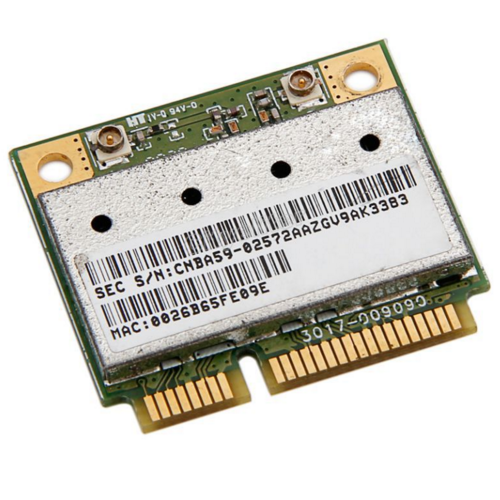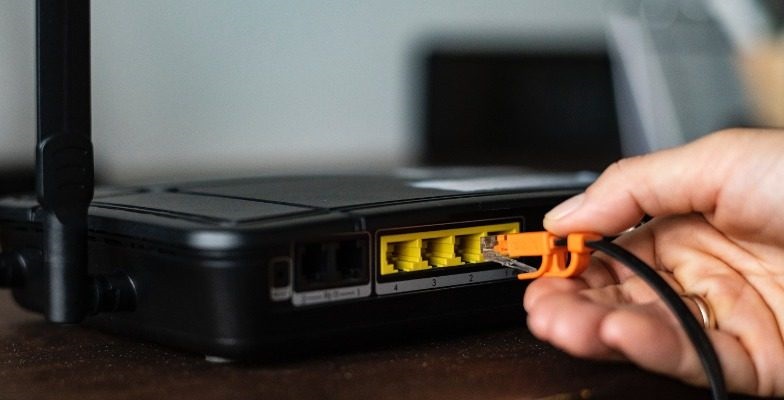

The MAC address’s first half identifies the device’s “vendor, manufacturer, or other organization.” It is an OUI, or Organisationally Unique Number assigned, upon request, by IEEE. Conveniently, this means that one 8-bit byte of data can be represented by 2 hexadecimal characters.Ī MAC address is divided into two parts, split down the middle. Note: Hexadecimal means that the following characters are allowed “0123456789ABCDEF”. Less often, MAC addresses may be separated by a hyphen and, in some cases, not separated at all. In most cases, a MAC address will be displayed with pairs of hexadecimal characters separated by a colon “.” For example, a MAC address may look like this “00:20:91:AB:CD: EF”. MAC addresses have a simple structure made up of 12 hexadecimal characters.

In contrast, layer 3, with its IP addresses, is used for inter-network communications. Layer 2 is used for local communication over a single network.

What Is a MAC Address?Ī MAC address is part of the layer 2 addressing scheme on the OSI model. Still, devices use MAC addresses to route data within a network. IP addresses are used for routing traffic between networks. Those of you vaguely familiar with networking concepts may assume that IP addresses are the only form of address used to communicate over a computer network. MAC is short for Media Access Control, and a MAC address is essential in computer networking. Despite the potentially confusingly similar name, MAC has nothing to do with Apple.


 0 kommentar(er)
0 kommentar(er)
